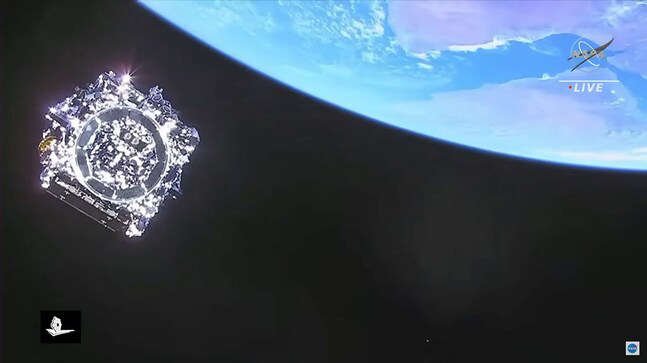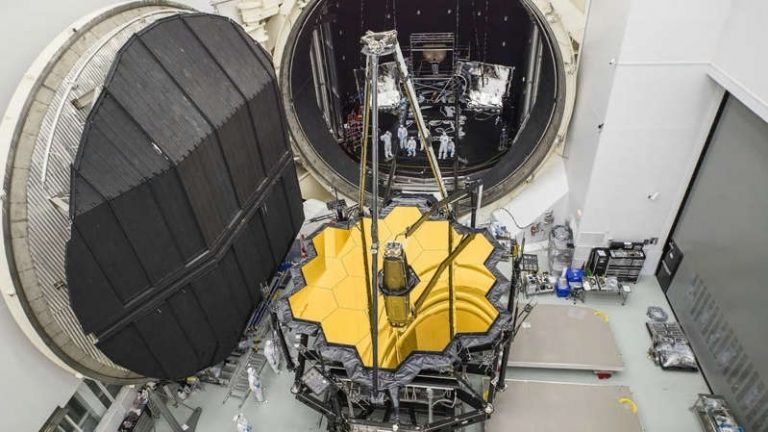Traveling at 1.39 kilometers per second in the vacuum of space, the James Webb Space Telescope (JWST) is headed for a destination that humans will never see again – 15,00,000 kilometers from Earth.

One day after taking off in the skies after the nerve-wracking launch, the telescope spent about 23 percent of its journey at what is known as the second Lagrange point.
The telescope on Sunday released its gimbaled antenna assembly, which includes its high-data-rate dish antenna. The antenna will be used to send at least 28.6 gigabytes of science data to and from the observatory twice a day.
NASA said engineers continued to speed up and test the antenna assembly — the whole process took about an hour. Meanwhile, the temperature sensor and potentiometer on the telescope were activated for the first time.
The world’s largest and most complex space science observatory will now begin its six months of commissioning in space. At the end of commissioning, Web will deliver its first images. Webb will study infrared light from celestial objects with greater clarity than ever before.

